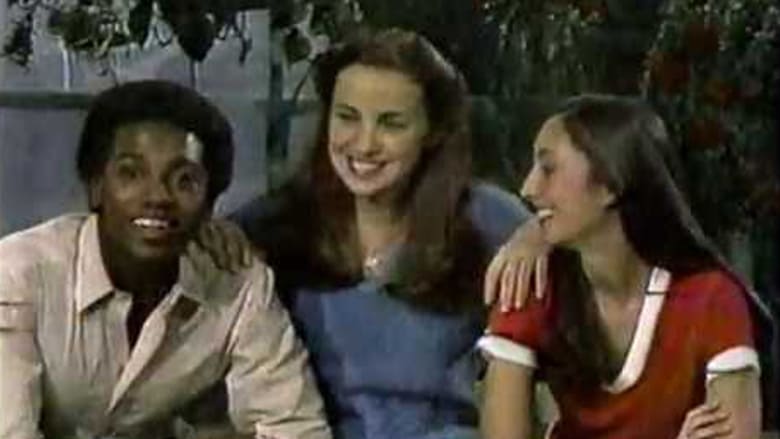
3-2-1 Contact Season 6
October. 12,1987 NRGenre:
Trailer
Synopsis
3-2-1 Contact is an American science educational television show that aired on PBS from 1980 to 1988, and an adjoining children's magazine. The show, a production of the Children's Television Workshop, teaches scientific principles and their applications. Dr. Edward G. Atkins, who was responsible for much of the scientific content of the show, felt that the TV program wouldn't replace a classroom but would open the viewers to ask questions about the scientific purpose of things.
Episode 30 : In the Air: Unbelievable Flying Objects
November. 20,1987
David visits Aerovironment Inc. where they are building a full scale Pterodactyl model that has been designed based on the few clues scientists have about the real animal. Then David visits Burt Rutan, designer of the Voyager, the first plane to travel around the world without stopping. There David and Burt discuss the custom airplane designs and experimants Burt has made. This information is supplied by Chuck N. Thank you, Chuck.
Episode 29 : In the Air: Fat Things That Fly
November. 19,1987
Hopey finds a hibernating ground for ladybugs. David observes beetles at the Royal Ontario Museum. Todd gets fooled by Barbara Reinalda and her softball pitches.REHASHED FROM SEASON 1 (Show 8): Trini takes rides the Goodyear Blimp around New York City.MUSIC VIDEO: Airborne.
Episode 28 : In the Air: Born to Fly
November. 18,1987
Jan Carter, Entymologist at the Cincinatti Zoo and Botanical Garden teaches us about the life cycles of the butterfly. David speaks with Glen Wiggins, curator at the Royal Ontario Museum in Toronto Canada, about Dragonflies and their wings and Moths and their Proboscis. Then there's a recycled segment from season 1, Episode 22, where Marc visits a beekeeper. Then back to David and Glen Wiggins about Beetles. This show's information is supplied by Chuck N. Thank you, Chuck.
Episode 27 : In the Air: Drifting with the Wind
November. 17,1987
Main Concept: Variances in wind currents can be used to create different forms of transportation such as soaring, gliding and hot air balloons. Even inanimate objects like a kite depend on the wind to function properly.
Wind power is introduced with Flying Scooters at an amusement park. Hopey learns about the sport of ""soaring"" by taking a trip in a glider sail plane.
Repeat of a sequence from the episode Hot/Cold: Temperatures on Earth/In Space: In the mountains of Colorado, Lisa participates in a balloon race to better understand why a hot-air balloon rises.
David visits a local Kite Club in Tokyo where he meets a Japanese ""kite doctor,"" who uses science to improve a kite's performance.
Episode 26 : In the Air: Finding Your Way
November. 16,1987
Built largely on material recycled from Season 1, this episode includes insight on how pigeons and bats negotiate their world. Bats rely on sonar, but as for pigeons and how they navigate, that's a different story.
Episode 25 : Modeling: Spaces
November. 13,1987
Much of this program focuses on a zoo's constructing an uncannily accurate rain forest for its animals.
Episode 24 : Modeling: Knees and Small Things
November. 12,1987
Models are shown in museums and in the medical world.
Episode 23 : Modeling: The Earth
November. 11,1987
Surveyors are seen at work, as are schoolkids who devise a map of their own neighborhood.
Episode 22 : Modeling: Through Ice and Air
November. 10,1987
Models observed in this episode include those of Canadian ice shields, fast bicycles, and modern airplanes.
Episode 21 : Modeling: Things on Wheels
November. 09,1987
Models are used to test ideas before they become large-scale. A class of intermediate-school students go through modeling tactics in building a spring-driven car. We also see newsreel clips of models that produced both commonplace items and inventions that didn't pan out.
Episode 20 : Big Mammals: The High Cost of Living
November. 06,1987
There is a price ecosystems pay when big animals are confined. This program shows the elephant, the rhinoceros and the tapir groping with spatial problems.
Episode 19 : Mammals at Play
November. 05,1987
Play is an important part of growing, as we see from watching babboons, chimpanzees, sheep dogs and even kids playing.
Episode 18 : Mammals: Live Birth, Warm Milk
November. 04,1987
This show witnesses the births of elephant seals and wildebeests. Also seen are young black bears and kangaroos.
Episode 17 : Mammals: Keeping Warm
November. 03,1987
Fur and hair are mammals' chief arsenal to stay warm. But what about sea otters?
Episode 16 : Mammals: Rats and Bats
November. 02,1987
Hard to believe mice and rats are mammals, as are bats. But this program shows why rodents are classified this way.
Episode 15 : Architecture: Light But Strong
October. 30,1987
The shape and composition of architectural materials can prove vital for various reasons. The I-beam and the triangle brace are highlighted in this episode.
Episode 14 : Architecture: Made to Fit
October. 29,1987
There is a branch of architectural science called ergonomics, which states how things are built to fit certain people. David Quinn sees if he can improve the ergonomics of a kitchen.
Episode 13 : Architecture: Stack It Up
October. 28,1987
How do you build the world's largest Gothic cathedral? It all comes down to using marble cut in certain ways. The arch and the buttress are featured in the ongoing construction of the Cathedral of St. John the Divine.
Episode 12 : Architecture: Home
October. 27,1987
The frame is vitally important to anything architectural. We see how animals make their perfectly-designed shelters, how the Japanese can join two boards without glue or nails, and find the traditional Kenya home.
Episode 11 : Architecture: Raising the Big Top
October. 26,1987
Basic architecture can be whittled down to beams and a sheet. This is seen through circus tents, the Hubert H. Humphrey Metrodome and other things.
Episode 10 : Detectives: Pattern Detectives
October. 23,1987
Can you tell a pattern when you see it? A combination of new and recycled material shows all sorts of patterns in nature.
Episode 9 : Detectives: Dinosaur Detectives
October. 22,1987
In the centerpiece of this episode, a museum moves a large dinosaur exhibit into place.
Episode 8 : Detectives: Wildlife Detectives
October. 21,1987
This show observes owls in the wild and the ecosystems in a salt marsh.
Episode 7 : Detectives: Tool and Trash Detectives
October. 20,1987
There are ""archaeologists"" in Arizona that are analyzing modern humans from samples of their trash! It's a far cry from the tools of ancient man, or so you would think.
Episode 6 : Detectives: Skin and Bone Detectives
October. 19,1987
Archaeologists are seen trying to demystify the Mayans, Egyptian mummies, and a prehistoric cave where flint was mined.
Episode 5 : Japan: Judo and Computers
October. 16,1987
How would you like to write your messages in a strictly-ordered way, knowing that one mistake could change the meaning of your sentence? It can happen in English, but it's easier to write Japanese wrong. David and Kaori visit a software researcher and test out software that is designed to read and identify handwritten Kanji characters. (David puts his skills to the test and fails.) David and Kaori also participate in a grueling judo workout, after which they learn about a computer that helps train judo students. Finally, Kaori shows David the next closest thing Japanese language has to the English alphabet.
Episode 4 : Japan: Earthquake!
October. 15,1987
David and Kaori get a glimpse of architects designing buildings that can resist the force of some natural disasters.
Episode 3 : Japan: Paper and Kites
October. 14,1987
David and Kaori visit the Furutas, whose family has been making paper by hand for two centuries. They follow the Furutas as they make a batch of fine paper. David, Kaori, and Chizuru Ishizaka join a kite expert and test a kite designed to fly in little wind. This information supplied by Chuck N. Thank you, Chuck.
Episode 2 : Japan: Landslide!
October. 13,1987
Impeding Japanese throughout is the erosion of Mmighty .t Fuji. David sees what steps are being guarded to help the Japanese society in spite of it. Included is a building where rainstorms and landslides are simulated.
Episode 1 : Japan: Precious Oysters, Rare Salamanders
October. 12,1987
David and Kaori visit the Mikimoto Pearl Farm and see the 100-year process of culturing pearls. David and Kanae Nishio go wading in a forest stream, hunting for a giant salamander. This information supplied by Chuck N. Thank you, Chuck.
Seasons
Related

Game of Thrones
Seven noble families fight for control of the mythical land of Westeros. Friction between the houses leads to full-scale war. All while a very ancient evil awakens in the farthest north. Amidst the war, a neglected military order of misfits, the Night's Watch, is all that stands between the realms of men and icy horrors beyond.

Breaking Bad
Walter White, a New Mexico chemistry teacher, is diagnosed with Stage III cancer and given a prognosis of only two years left to live. He becomes filled with a sense of fearlessness and an unrelenting desire to secure his family's financial future at any cost as he enters the dangerous world of drugs and crime.
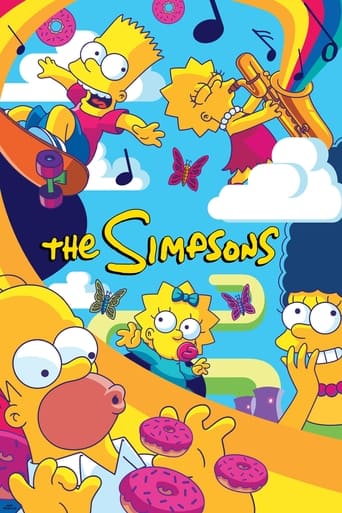
The Simpsons
Set in Springfield, the average American town, the show focuses on the antics and everyday adventures of the Simpson family; Homer, Marge, Bart, Lisa and Maggie, as well as a virtual cast of thousands. Since the beginning, the series has been a pop culture icon, attracting hundreds of celebrities to guest star. The show has also made name for itself in its fearless satirical take on politics, media and American life in general.
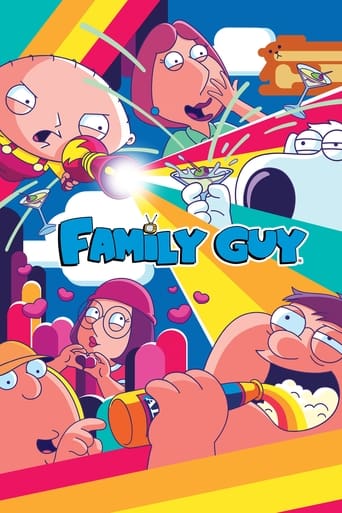
Family Guy
Sick, twisted, politically incorrect and Freakin' Sweet animated series featuring the adventures of the dysfunctional Griffin family. Bumbling Peter and long-suffering Lois have three kids. Stewie (a brilliant but sadistic baby bent on killing his mother and taking over the world), Meg (the oldest, and is the most unpopular girl in town) and Chris (the middle kid, he's not very bright but has a passion for movies). The final member of the family is Brian - a talking dog and much more than a pet, he keeps Stewie in check whilst sipping Martinis and sorting through his own life issues.
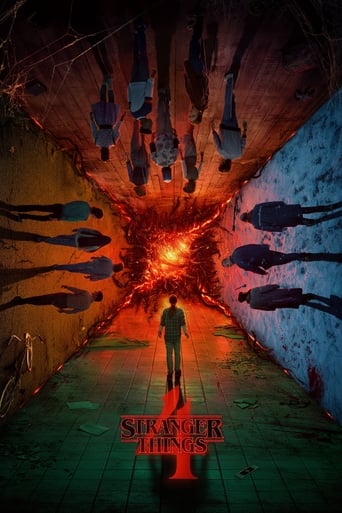
Stranger Things
When a young boy vanishes, a small town uncovers a mystery involving secret experiments, terrifying supernatural forces, and one strange little girl.

Prime Video
The Boys
A group of vigilantes known informally as “The Boys” set out to take down corrupt superheroes with no more than blue-collar grit and a willingness to fight dirty.
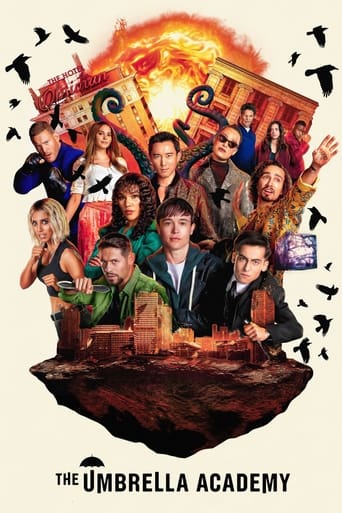
The Umbrella Academy
A dysfunctional family of superheroes comes together to solve the mystery of their father's death, the threat of the apocalypse and more.
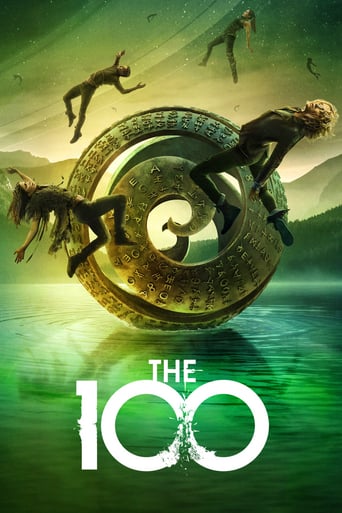
The 100
100 years in the future, when the Earth has been abandoned due to radioactivity, the last surviving humans live on an ark orbiting the planet — but the ark won't last forever. So the repressive regime picks 100 expendable juvenile delinquents to send down to Earth to see if the planet is still habitable.
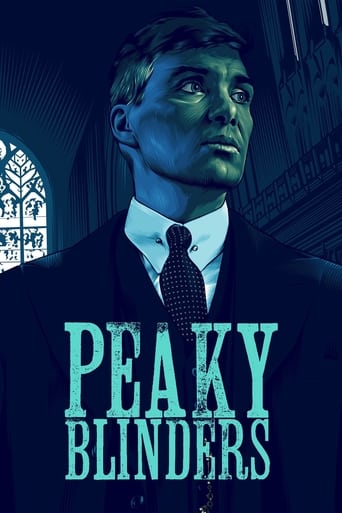
Peaky Blinders
A gangster family epic set in 1919 Birmingham, England and centered on a gang who sew razor blades in the peaks of their caps, and their fierce boss Tommy Shelby, who means to move up in the world.
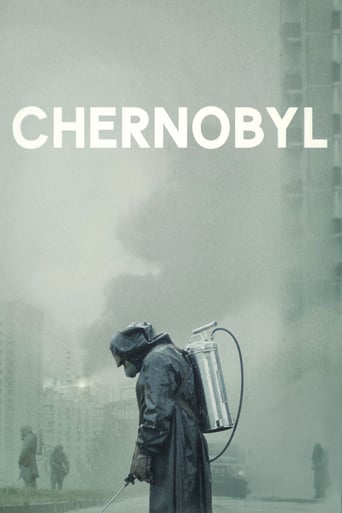
Chernobyl
The true story of one of the worst man-made catastrophes in history: the catastrophic nuclear accident at Chernobyl. A tale of the brave men and women who sacrificed to save Europe from unimaginable disaster.
Top Streaming TV Show
#1

Ikaw
November. 12,2021
5.9
#2
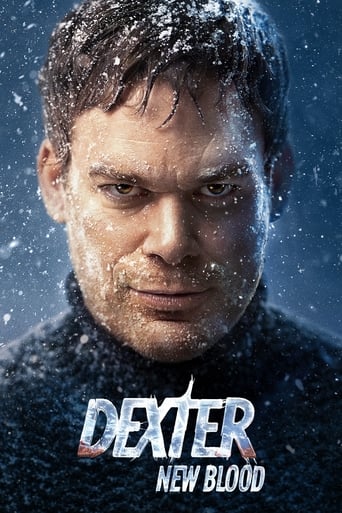
Dexter: New Blood
November. 07,2021
8.1
#3
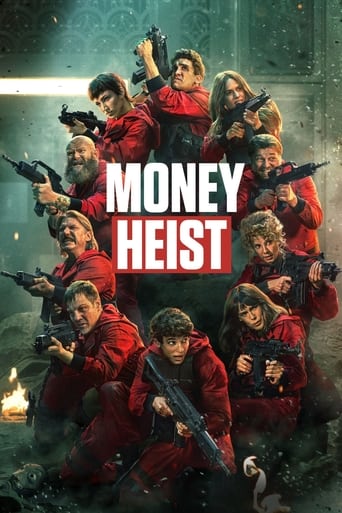
Money Heist
May. 02,2017
8.4
#4

Chicago Fire
October. 10,2012
8
#5

Emily in Paris
October. 02,2020
6.9
#6

The Witcher
December. 20,2019
8
#7

Yellowstone
June. 20,2018
8.7
#8
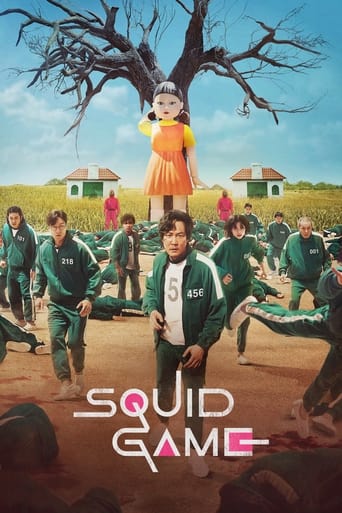
Squid Game
September. 17,2021
8
#9

The Bachelorette
September. 23,2015
5.3
#10
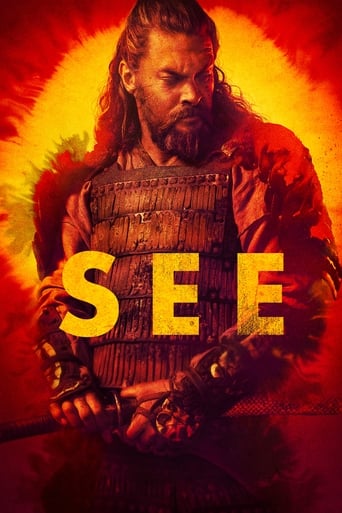
See
November. 01,2019
7.6
